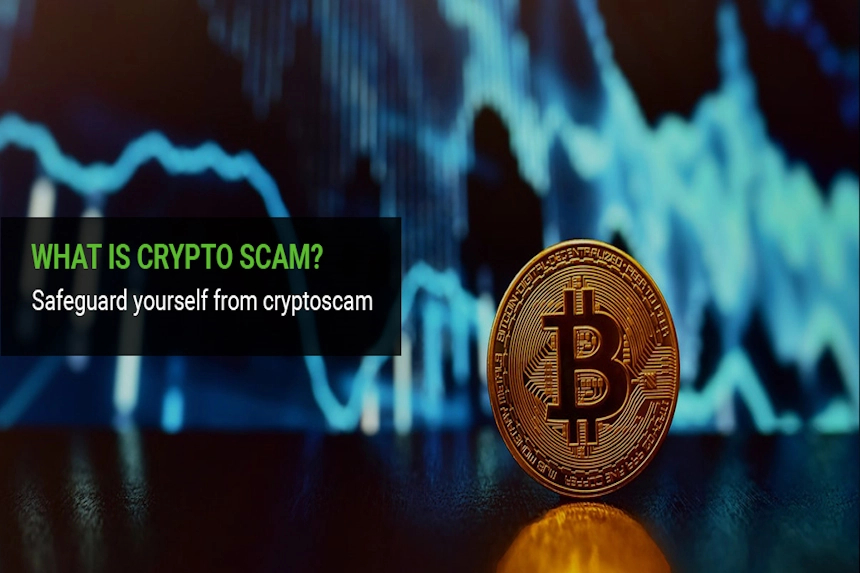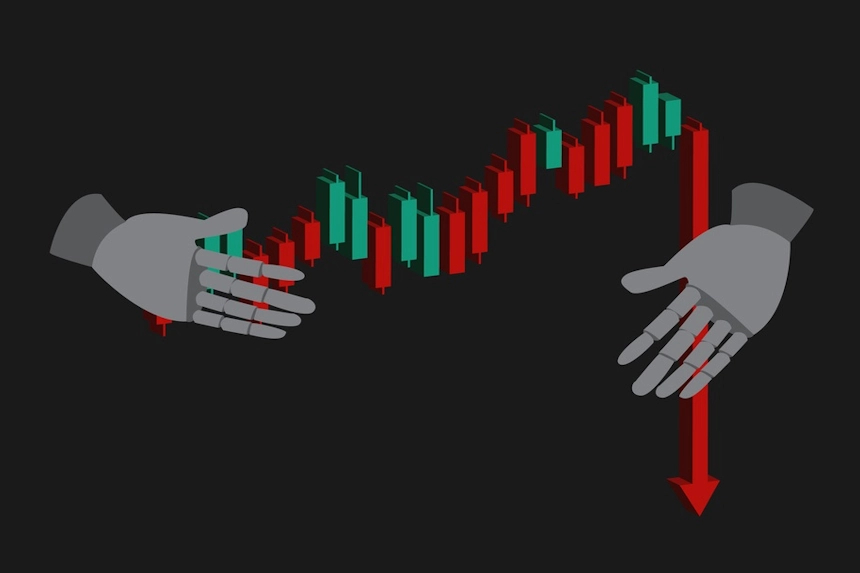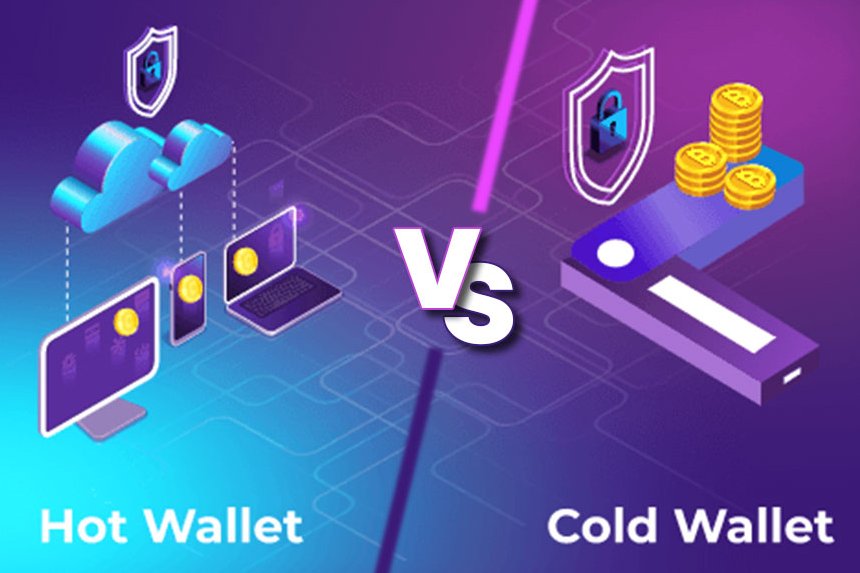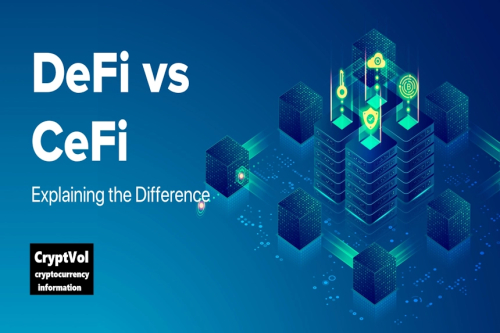How to Spot a Scam Token Before Investing
Learn how to spot scam tokens before investing. Discover red flags, from shady teams to suspicious tokenomics, and protect your crypto investments.
The crypto world is full of opportunities — but also full of traps. For every successful project, there are dozens of scam tokens designed to take your money and disappear. Whether you’re a beginner or an experienced investor, knowing how to identify a scam token can save you from huge losses.
Here’s a step-by-step guide to help you spot red flags before it’s too late.
1️⃣ Check the Team and Developers
-
Anonymous Teams: While not always a scam, anonymous developers increase the risk.
-
Fake Identities: Look for LinkedIn, Twitter, or GitHub profiles. If the team’s presence is minimal or suspicious, be careful.
-
No Track Record: A good project usually highlights previous experience in blockchain or tech.
2️⃣ Review the Whitepaper (or Lack of One)
-
No Whitepaper: A missing or very short whitepaper is a huge red flag.
-
Buzzwords with No Substance: If it’s full of generic promises like “revolutionizing crypto” but has no real technical details, stay away.
-
Copy-Paste Documents: Scam projects often copy from existing projects.
3️⃣ Tokenomics and Distribution
-
Unrealistic Supply: Trillions of tokens with no clear burn or utility plan.
-
Developer Control: If most of the supply is held by insiders or a single wallet, it’s dangerous.
-
No Utility: A token without a real use case is usually built just for speculation.
4️⃣ Look at the Website and Social Media
-
Low-Quality Website: Poor design, spelling mistakes, or broken links are warning signs.
-
Overhyped Marketing: “100x returns” or “guaranteed profits” are classic scam lines.
-
Inactive Communities: Genuine projects have active discussions on Telegram, Twitter, or Discord.
5️⃣ Audit and Code Transparency
-
No Smart Contract Audit: Reputable tokens often undergo audits by firms like CertiK.
-
Closed Source Code: If the contract isn’t visible on Etherscan or GitHub, be careful.
-
Suspicious Functions: Some scam contracts allow developers to block withdrawals or mint unlimited tokens.
6️⃣ Exchange Listings and Liquidity
-
Only on Shady DEXs: If it’s not listed on trusted exchanges like Binance, Bybit, or Coinbase, research carefully.
-
Low Liquidity: Scam tokens often have liquidity pools that can be drained overnight (rug pulls).
-
Pump & Dump Patterns: Sudden spikes followed by massive dumps are red flags.
⚠️ Common Types of Scam Tokens
-
Rug Pulls: Developers vanish after removing liquidity.
-
Honeypots: You can buy the token, but you can’t sell it.
-
Ponzi Schemes: New investor money is used to pay old investors.
🔒 How to Protect Yourself
✅ Do thorough research (DYOR).
✅ Stick to trusted exchanges and audited projects.
✅ Don’t fall for “guaranteed profits.”
✅ Never invest more than you can afford to lose.
🚨 Top 5 Famous Crypto Scams You Should Know
Learning from past scams helps investors avoid repeating the same mistakes. Here are some of the most infamous cases in crypto history:
1️⃣ OneCoin (2014–2017)
Marketed as the “Bitcoin killer,” OneCoin was a Ponzi scheme that stole over $4 billion before collapsing. Its founder, Ruja Ignatova, is still on the FBI’s most-wanted list.
2️⃣ BitConnect (2016–2018)
Promised huge daily returns through a lending program. Once regulators stepped in, the token collapsed from $400 to almost zero — wiping out billions.
3️⃣ Squid Game Token (2021)
Rode the Netflix series hype. Investors could buy but not sell. The developers vanished after pulling out $3 million, a textbook “honeypot” scam.
4️⃣ Terra/LUNA Collapse (2022)
Though not a typical scam, Terra’s algorithmic stablecoin UST lost its peg, causing $40+ billion in losses. It showed the danger of overhyped projects without sustainable models.
5️⃣ FTX Exchange (2022)
Once the second-largest exchange, FTX collapsed due to fraud and misuse of customer funds. Over $8 billion vanished, shaking trust in centralized platforms.
👉 These examples remind us of one thing: If it sounds too good to be true, it probably is.
Final Thoughts
Scam tokens will always exist as long as new investors are entering the crypto space. By learning how to spot red flags — from shady teams to suspicious tokenomics — you can avoid losing money and focus on real, innovative projects.
Remember: In crypto, patience and research are your best defense.
Share
What's Your Reaction?
 Like
0
Like
0
 Dislike
0
Dislike
0
 Love
0
Love
0
 Funny
0
Funny
0
 Angry
0
Angry
0
 Sad
0
Sad
0
 Wow
2
Wow
2














